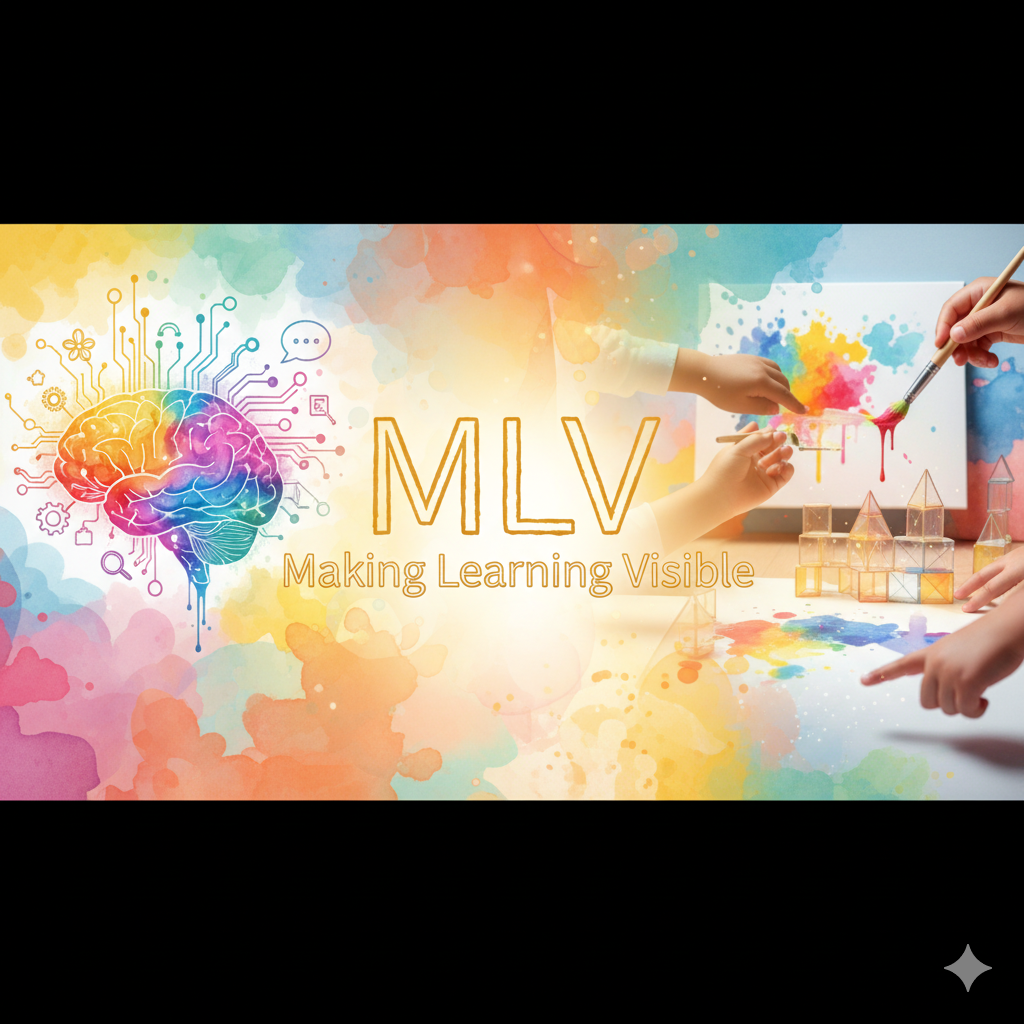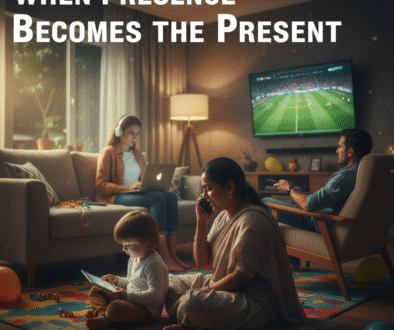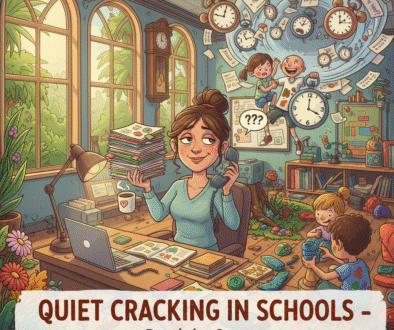Dynamic Early Learning Classroom - Children's Creative Play & Exploration

Why Making Learning Visible is a Game-Changer in Education
The Unfiltered World of Learning
Some time ago, I wrote about Making Learning Visible (MLV), because it’s something deeply dear to me. Over the years, I realized the article could be more fluid, easier to read, and enriched with fresh reflections. What follows is a rejuvenation of that piece—a personal exploration of MLV through my eyes, classroom experiences, and a few extra thoughts.
Why Making Learning Visible is a Game-Changer in Education
Why I Love Making Learning Visible
Making Learning Visible isn’t just a method—it’s a window into the magnificent, messy, and unpredictable world of childhood discovery. It’s where curiosity leads, where journeys get gloriously messy, and where learning becomes a celebration of authenticity.
MLV prevents those fleeting, unrooted moments when children surprise themselves and others with their ingenuity from being lost in the blur of the classroom. It documents the small, often extraordinary steps children take, including the mistakes that are often far more telling than the “successes.” It ensures learning isn’t about memorization or ticking boxes—it’s about exploration, mistakes, laughter, and the joy of figuring things out.
Science supports this approach: observing and documenting learning enhances cognitive development and socio-emotional growth. Teachers report lower stress, deeper engagement, and a sense of fulfillment. Parents get a window into their child’s mind. And children thrive in an environment where curiosity is honored, exploration encouraged, and mistakes celebrated.
Why I’m Passionate About MLV
It Honors Authenticity
I have a soft spot for wonky, unpolished creations. I love it when a child asks more questions than they answer. A rainbow that sparks curiosity rather than explanation? That’s pure magic. That’s their work—unfiltered and real.
It’s a Reflection of Relationships
MLV isn’t just about what’s on display—it’s about connection. It bridges classrooms with families, giving parents insight into their child’s thinking, struggles, and triumphs. Witnessing these moments deepens appreciation for effort, creativity, and the quirks that make each child unique.
It Turns the Invisible Into the Visible
Learning in spontaneous, unstructured moments is like trying to hold water in your hands—it slips away. MLV captures those precious moments, turning fleeting sparks of insight into stories that celebrate depth of thinking and joy of discovery.
Experiments That Define My Love for MLV
MLV thrives not in controlled, sterile outcomes, but in the messy, spontaneous, unpredictable world of children’s curiosity. Here, learning becomes a story, often hilarious, sometimes chaotic, always genuine.
The Rainy Day Chalk Adventure
Probably my favorite. Curiosity collided with laughter as rainwater mixed with chalk dust. “Ma’am, blue and yellow make green!” they’d exclaim. Then came the twist—I became their canvas. Soon, my black top was a masterpiece. Before long, the children were coloring each other, and I realized: this chaos was learning in motion, creativity incarnate. It was messy, hilarious, and perfect—a lesson in collaboration, confidence, and embracing the unexpected.
The Doll-Making Project
I doubted if 4- and 5-year-olds could manage this structured activity. I thought it might be too ambitious, too complex, maybe even impossible. But they proved me spectacularly wrong! Button-shaped paper dolls, inventive designs, and individualized creations emerged, each telling a story of perseverance, pride, and imagination. Some waited patiently, some dived in with fearless determination, and I was right there with them—creating my own doll and reveling in the shared magic of creativity.
Structured Things, With a Twist
Sometimes teaching structured concepts feels like walking a tightrope. Rules can feel restrictive, words can feel limiting. So, we turned lessons into a gym race. Jump ropes, heavy therapy balls, and physical activity infused learning with motion and energy. Children ran, leapt, and discovered patterns in movement. Some veered off into completely unrelated explorations—but that only enriched the experience. MLV captured the joyful chaos, a perfect example of learning that is energetic, child-led, and unpolished.
The Rainbow Experiment
A simple torch and a glass of water transformed the room into a playground of light and giggles. Children splashed in the reflections, chased beams of light, and created stories about “rainbow ghosts” on the walls. What started as a simple experiment became a full celebration of imagination, science, and unfiltered joy. It reminded me that learning often begins with curiosity, laughter, and play—not worksheets or rigid structures.
Why It’s Important
MLV matters because it validates children’s ideas, celebrates their creativity, and allows their voices to shine. It’s proof that when given freedom, children are capable of extraordinary thinking.
And yes—confession—I do enjoy the occasional ego boost when someone admires a display I helped facilitate. But the real reward is seeing children take pride in their work—their loud, unfiltered, and perfectly imperfect work. Their energy, spontaneity, and genuine joy are irreplaceable.
MLV is about capturing authenticity, celebrating discovery, and honoring learning in its rawest form. It’s about documenting moments that might otherwise slip away and turning them into stories of resilience, creativity, and human connection.
In short: MLV isn’t just documentation—it’s adventure, laughter, chaos, discovery, pride, mistakes, science, and magic—all rolled into one. It’s my lens on learning, my love letter to childhood curiosity, and a practice that binds teachers, parents, and children in a shared journey of wonder.


